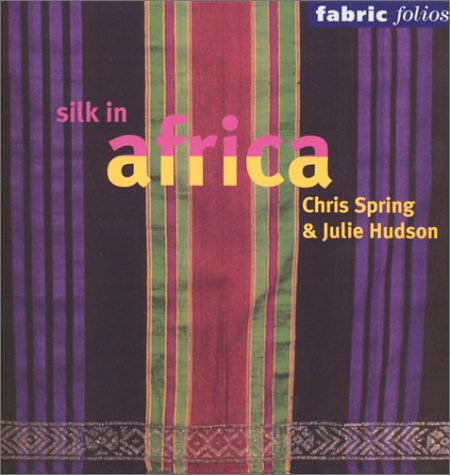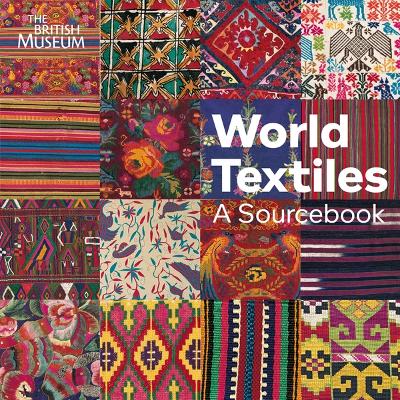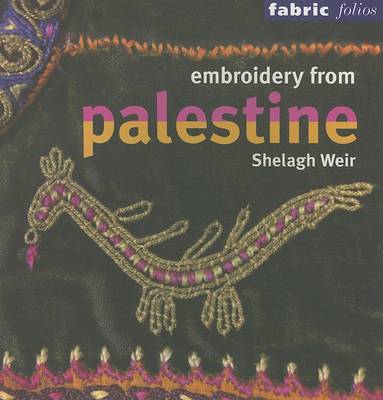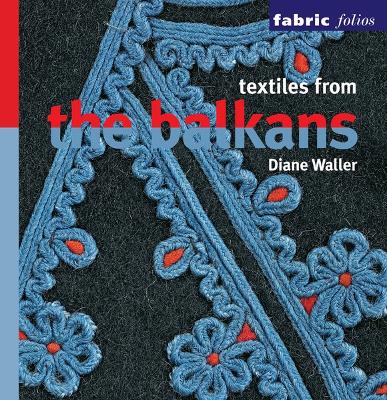Fabric Folios
4 total works
The rich and diverse range of silk textiles from Africa are an unexpected revelation. This book focuses on over 30 pieces from the British Museum's spectacular collection, bringing together for the first time the highly distinctive traditions of silk weaving and embroidery from throughout the African continent. These range from textiles commissioned by royalty and high-ranking officials, such as the striking cloths of the Asante from Ghana or gowns from Ethiopia encrusted with gold, to less prestigious but no less glorious pieces, such as a multicolored Merina burial shroud from Madagascar. As a pattern source the book provides inspiration for striking color and tonal combinations as well as myriad ideas for using stripes, geometrics, and stylized figurative motifs.
In their stimulating introduction the authors discuss who made the textiles, how ideas traveled across the continent, and the significance of pattern and symbolism. In addition, all the principal techniques are explained, while brief commentaries highlight the design features.
Chris Spring and Julie Hudson have both traveled in Africa and are the joint authors of North African Textiles. They are curators in the Department of Ethnography at the British Museum.
World Textiles
by Diane Waller, Shelagh Weir, Sheila Paine, Gina Corrigan, Ann Hecht, Chloe Sayer, Penelope Dransart, Helen Wolfe, Chris Spring, and Julie Hudson
This book focuses on the spectacular embroidery that flourished in rural Palestine in the nineteenth century and the first half of the twentieth. During this period Arab village women embellished their ceremonial costumes with a variety of materials and techniques: lustrous silk floss embroidery, intricate cord couching, and taffeta and satin patchwork. Embroidery styles varied throughout the country, so that each garment was both a work of art and an expression of village and regional identity. Shelagh Weir outlines the cultural context in which this beautiful work was produced, describes the main types of ornamentation, and explains how and why fashions changed through time. Over twenty pieces are illustrated in full and in detail, with captions identifying their provenances and highlighting their most important aesthetic features. Also provided are a glossary of terms and suggestions for further reading. Designers and artists cannot fail to be inspired by the striking colors and patterns of this superb example of human creativity.



